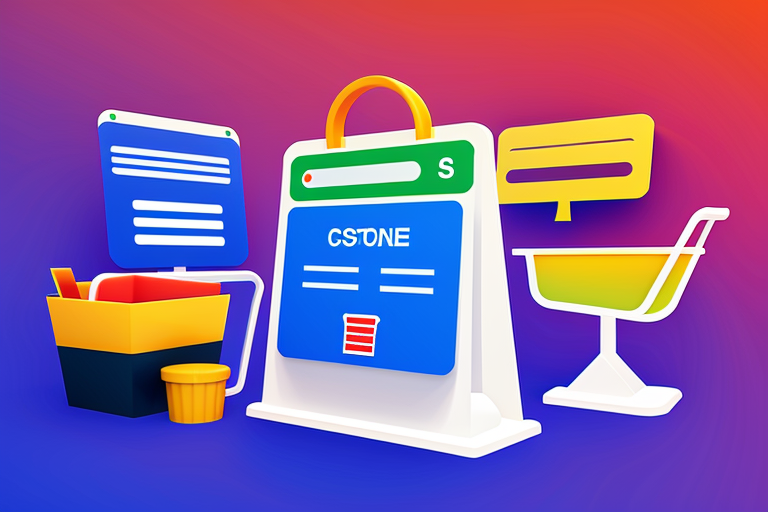Google has released a new tool called the Checkout Journey Report to help businesses improve their e-commerce checkout process. This report provides insights into customer behavior during checkout, allowing businesses to quickly identify and address issues, optimize their checkout funnels, and improve conversions and user experience.
A smooth and efficient checkout experience is essential for businesses to succeed in the competitive e-commerce industry. A complicated or frustrating checkout process can lead to abandoned carts and lost sales. Understanding the customer journey through checkout is crucial for identifying problems and making necessary improvements.
To access the Checkout Journey Report, users can sign in to Google Analytics and go to the Reports section. If the report is not visible, it may need to be manually added. Only administrators or editors of the Google Analytics property can add the report.
Once integrated, the Checkout Journey Report focuses on users who start the checkout process but do not complete it. This allows businesses to identify specific areas where customers drop off and take proactive steps to address these issues.
One notable feature of the report is its ability to quickly identify bottlenecks in the checkout process, such as slow loading times or confusing navigation. By identifying and fixing these issues, businesses can ensure a smoother checkout experience and potentially increase sales.
The report also provides various dimensions, such as browser, city, country, device category, language, and region, which can enhance the analysis. By examining these variables, businesses can gain insights into specific customer segments and tailor their strategies accordingly.
Integrating ecommerce events is crucial for viewing detailed data in the report. Events like begin_checkout, add_shipping_info, add_payment_info, and purchase provide important information about customer behavior during checkout. By integrating these events, businesses can understand the customer journey and make data-driven decisions to improve their checkout funnels.
The Checkout Journey Report also helps identify issues during the shipping step, such as high shipping costs or excessive login requirements. By identifying these issues, businesses can streamline their shipping processes and improve the overall checkout experience.
By analyzing the number and percentage of users who start checkout and complete each step, businesses can assess the effectiveness of their checkout process and find areas for improvement. This data-driven approach allows businesses to optimize their checkout funnels, increase conversions, and drive revenue growth.
Additionally, the Checkout Journey Report helps brands identify checkout problems that may have gone unnoticed. These problems can range from technical issues to user experience challenges. By using this report, businesses can address these issues proactively and provide a seamless checkout experience for their customers.
In conclusion, Google’s Checkout Journey Report provides valuable insights into the customer journey during checkout. By analyzing this data, businesses can identify problems, address issues promptly, and optimize their checkout funnels. With dimensions like browser, city, country, device category, language, and region, businesses can understand customer segments better and tailor their strategies accordingly. By integrating ecommerce events, businesses can access detailed data and identify specific areas for improvement. Ultimately, this report helps businesses enhance user experience, increase conversions, and succeed in the competitive e-commerce landscape. Google continues to support businesses in the ever-changing world of online commerce with the Checkout Journey Report.











